overleaf skabelonsgalleriLaTeX templates and examples — Recent
Opdag LaTeX skabeloner og eksempler til at hjælpe med alt fra at skrive en artikel til at bruge en specifik LaTeX pakke.

Paper template for the ValueEval'23 shared task at SemEval'23 and Touché'23.
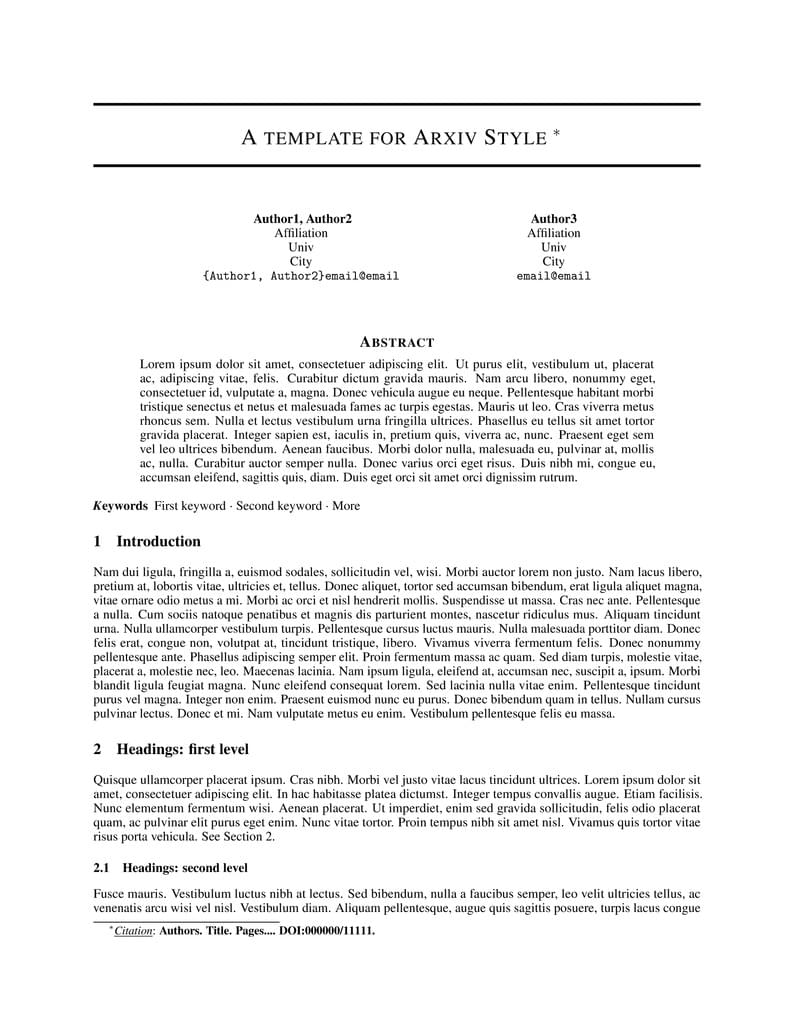
Arxiv and PRIME AI style and template. See the README.md for instructions.
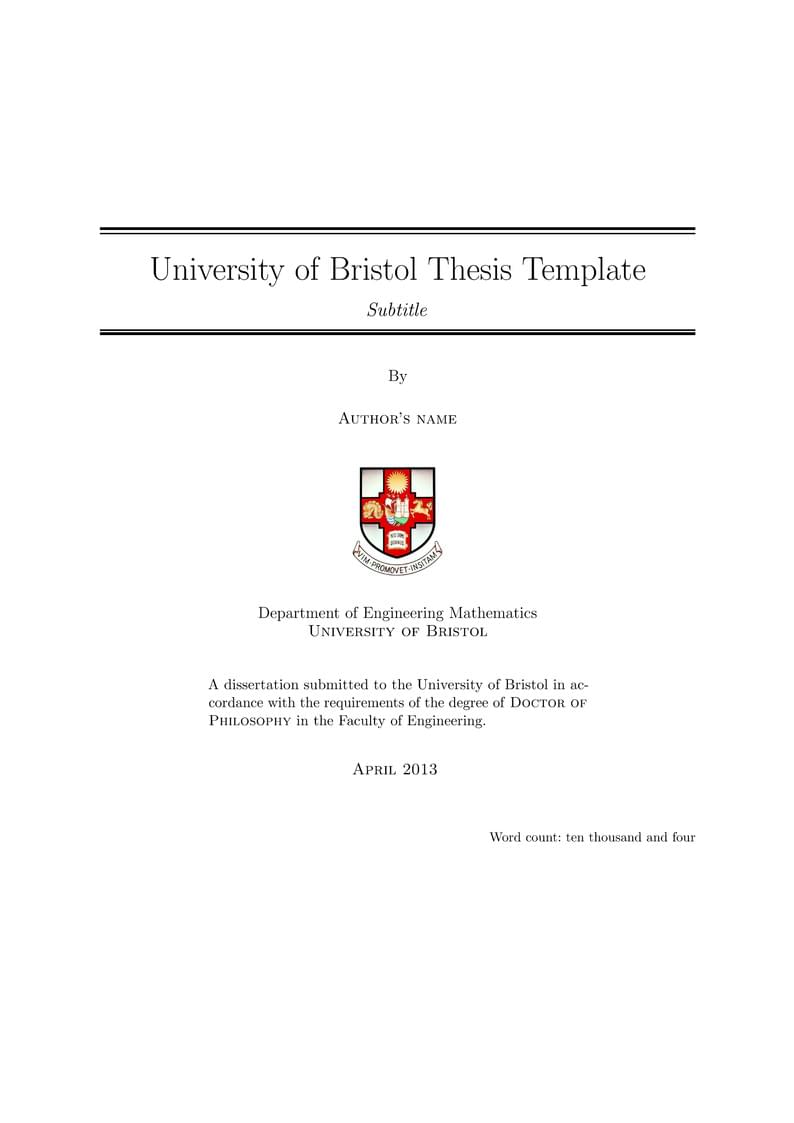
Uni of Bristol thesis template. A lighter version of the one by Victor.
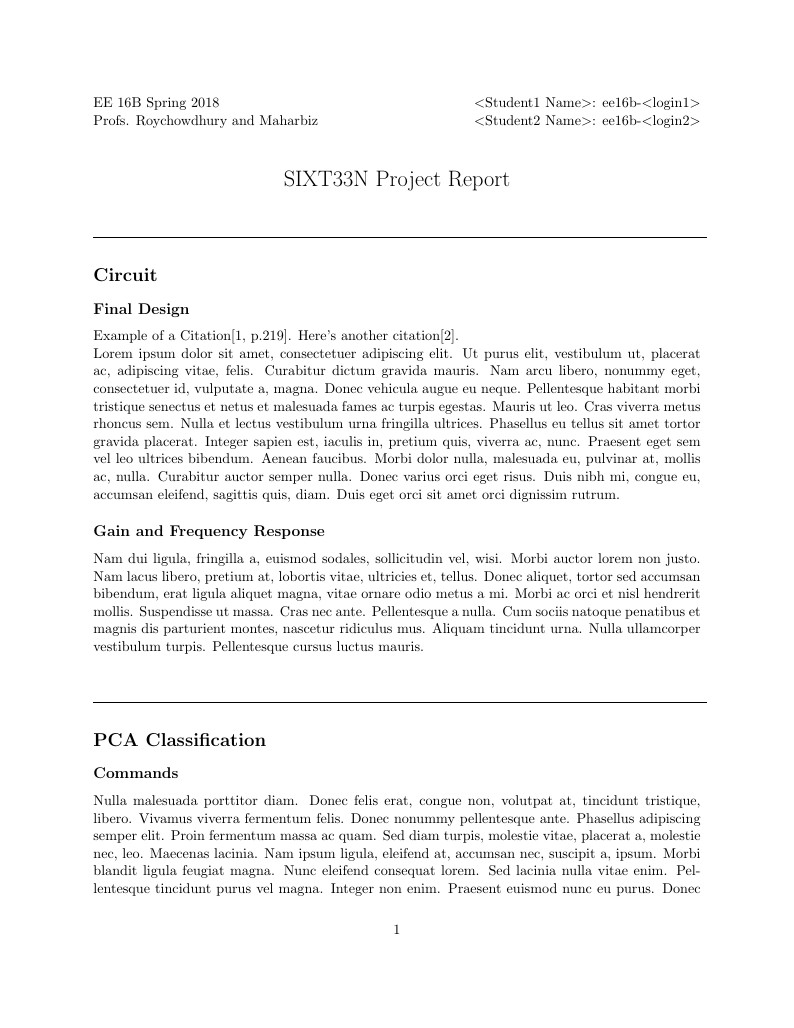
Final project report template for EE16B, sp18.
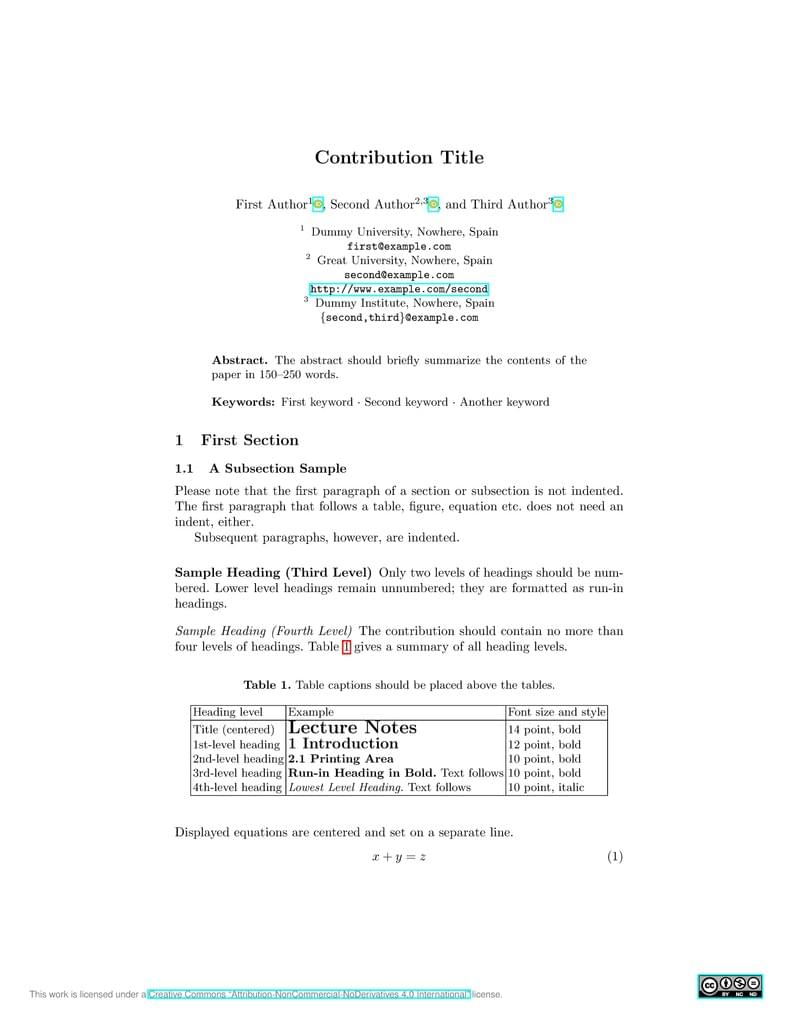
Official template for regular papers (in English) to be sent to the Sistedes series of conferences. This template is based on the LNCS template, and includes the required license watermark required by the Sistedes Digital Library.
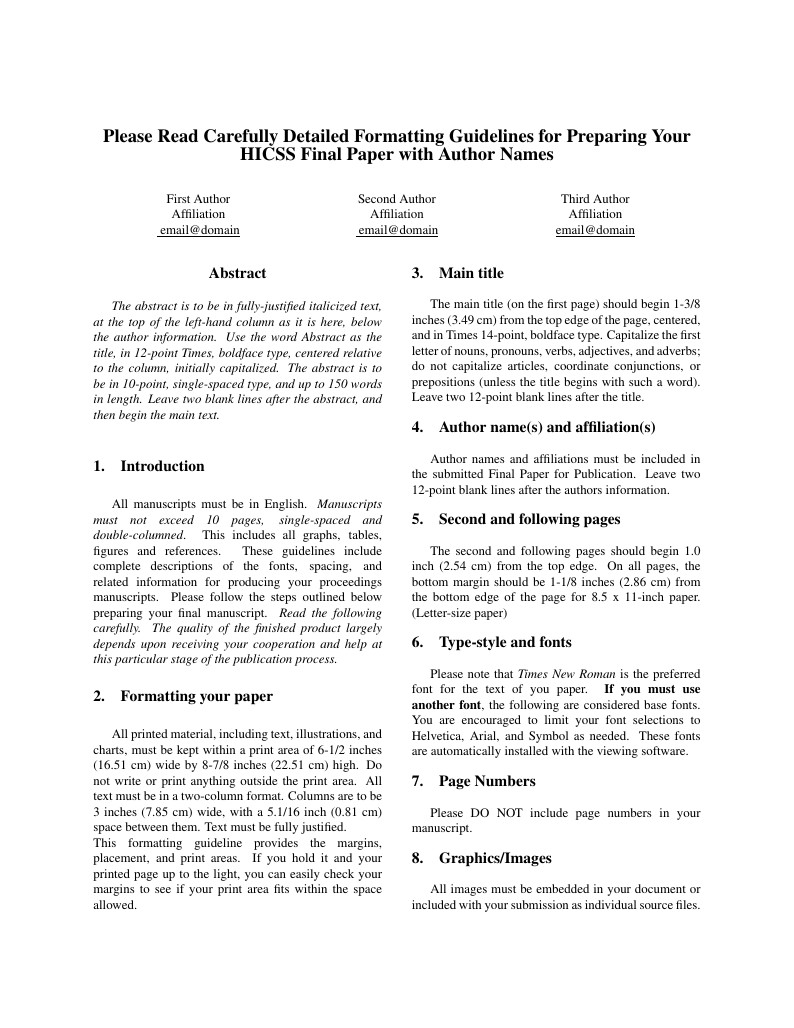
This template implements all formatting specifications for the Hawaii International Conference on System Sciences 51 and has been approved for its use by the conference chairs.
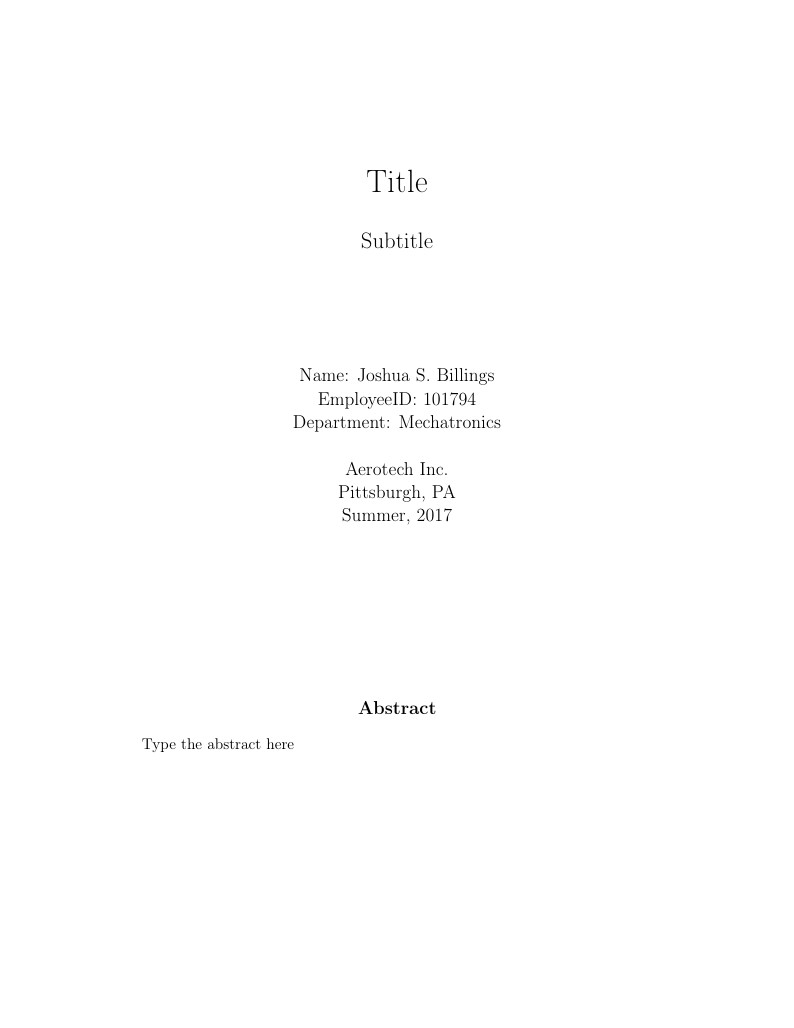
This is an internal template used for technical articles
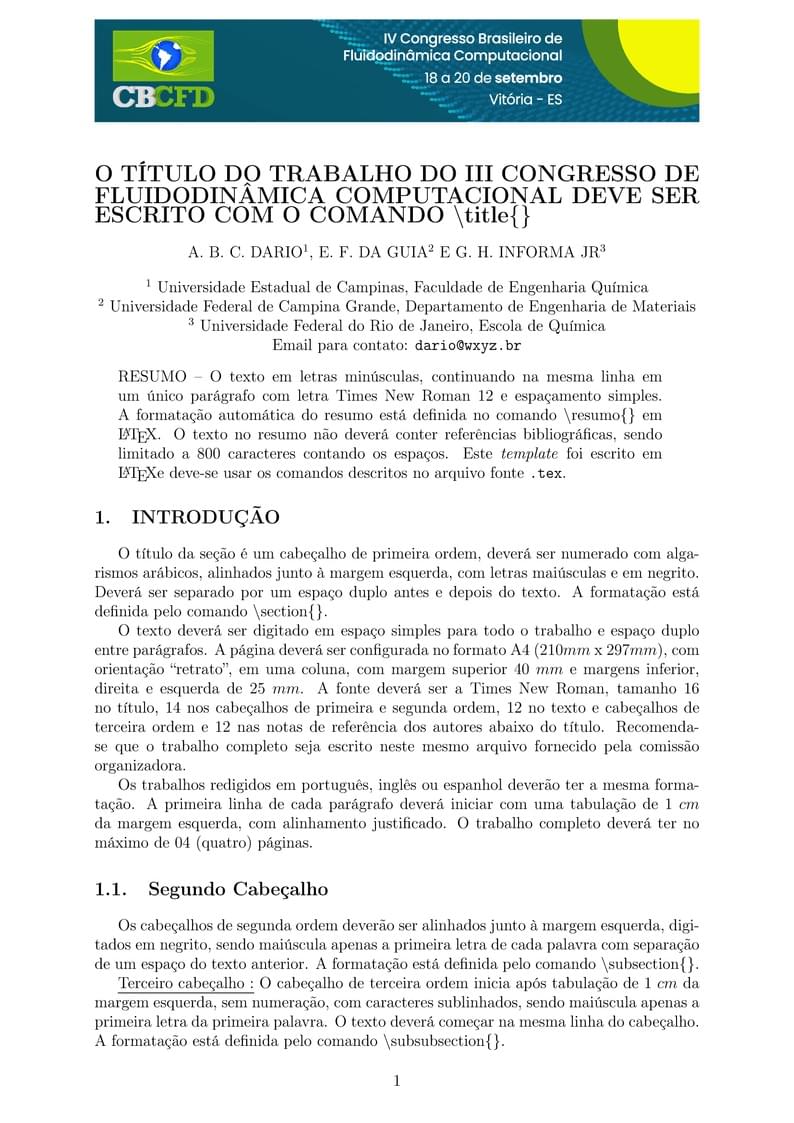
Template em LaTeX para o 4o Congresso Brasileiro de Fluidodinâmica Computacional (CBCFD), a ocorrer em Vitória, ES, de 18 a 20 de setembro de 2024.
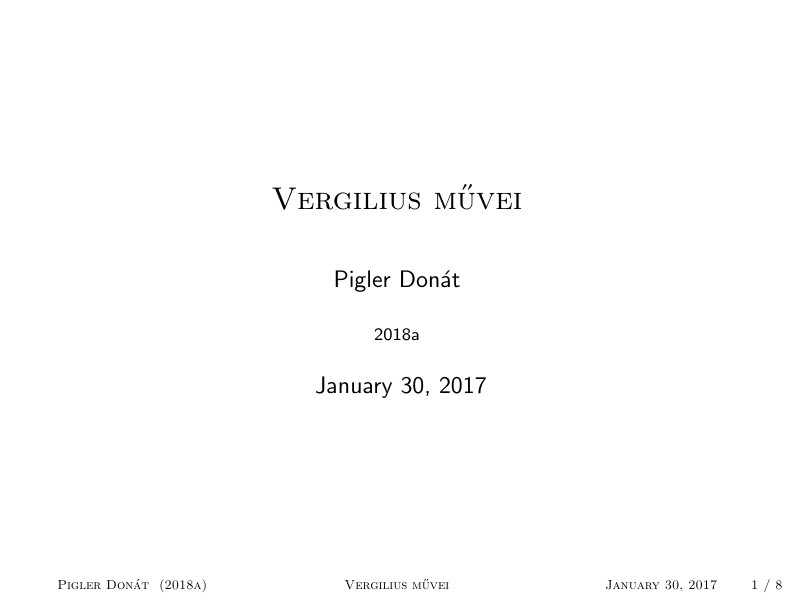
A presentation on Virgil's works
\begin
Discover why over 20 million people worldwide trust Overleaf with their work.